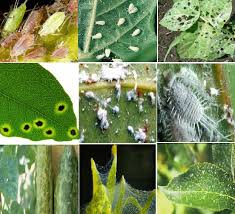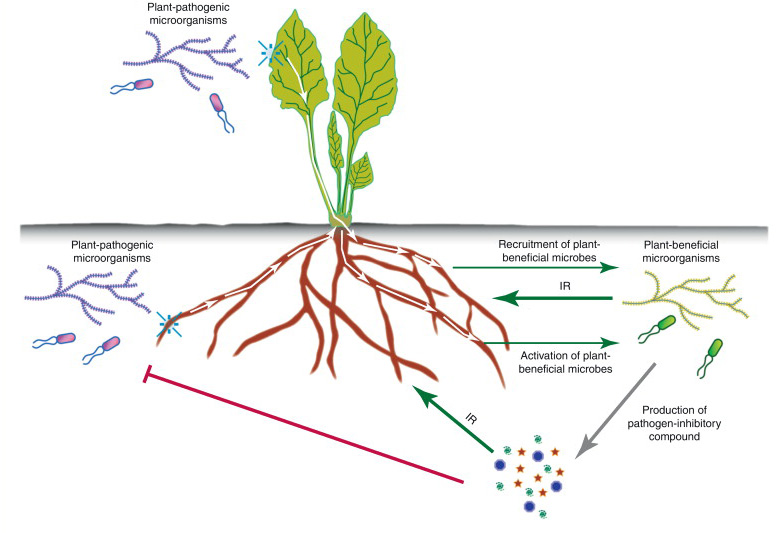Natural Pest Control for the Indoor Gardener

The best natural pest control is prevention. When that fails, do you really want to use a poisonous product that will stay in the tissue of your plants and kill your beneficial organisms?
The first step you should take when you notice an insect infestation on your crop is to identify the insect. This will help you in the correct and fast treatment without reckless use of pesticides whether they are chemical or organic.
However, the treatment should not be done only in the aboveground part of the plant but also in the basement, ie the root system, but also in the substrate itself. Pests such as thrips, some mites, etc., spend part of their life cycle in the soil. Placing nematodes in the substrate for the simultaneous treatment of both adults and larvae of insects is a very good and effective solution.
Mites and thrips prefer dry conditions. On days when you are not using any kind of protection on your plants, use the mist a lot. This will reduce insects and flush out any residue from the leaves and the entire plant. Finally, keeping the temperature inside the crop at the coolest level will again help you gain the advantage, as mites and thrips reduce their reproductive process at low temperatures.
Ways to deal with it
- When you have a heavy infestation, sections of plant with lots of mites or webbing should be cut away from the plant and removed from the garden. Problems with thrips and fungus gnats do not usually require pruning.
- The use of products based on natural products such as citrus fruits or garlic or pepper is usually effective against harmful organisms. The preparation of each product is done according to the instructions and the usual spraying procedure is as follows: Spray 80% on the lower surface of the leaves and 20% on the upper. Repeat every three days for more than three times. Depending on the preparation and the instructions - precautions it states, it can be used a week or less before the harvest of the product. However, you must be sure to rinse off any plant debris with heavy mist before harvesting. Also, to treat pests on the substrate, you can use the preparation and during irrigation, if permitted by its instructions.
- There is no more natural pest control than this. Predatory nematodes are beneficial, microscopic organisms. They cost about 20 dollars for a little sponge that they say holds a million nematodes. You simply soak the sponge in room temperature water and either water it into your plants or use it in your hydroponics nutrient reservior. The nematodes will roam your soil killing thrip, gnat, and mite larvae. If you go this route, I recommend you pay the extra money for next day shipping to protect your living mail.
- Also known as silica dioxide, at a microscopic level diatomaceous earth looks like a bunch of razor blades. To use this natural pest control, all you do is coat a feather duster with some, and lightly dust all the leaves of your plants (undersides too). It is perfectly safe to use up to the day of harvest. As little insects crawl and bite into your plants, they are cutting themselves to death. Reapply whenever the plants are dry, in between sprayings.
- A homemade solution of a few crushed cloves of garlic in a liter of water is supposed to provide natural pest control. The same is true with a few hot peppers chopped and soaked in water. This product is made of both. The products you use as a gardener change as you learn, and this is the bug solution.
 Integrated Pest Management
Integrated Pest Management
Integrated pest management (IPM) is when you use mother nature against herself, one beneficial organism against one pest. It is a very natural pest control method. Using predatory nematodes is a form of integrated pest management. Because they are microscopic and do not migrate from their container, this is an easy method for a small gardener to use. Normally though, IPM involves large commercial greenhouses, calculations of pest populations, and targeted releases of thousands of ladybugs, praying mantis, or other beneficial insects to fight the pests.















